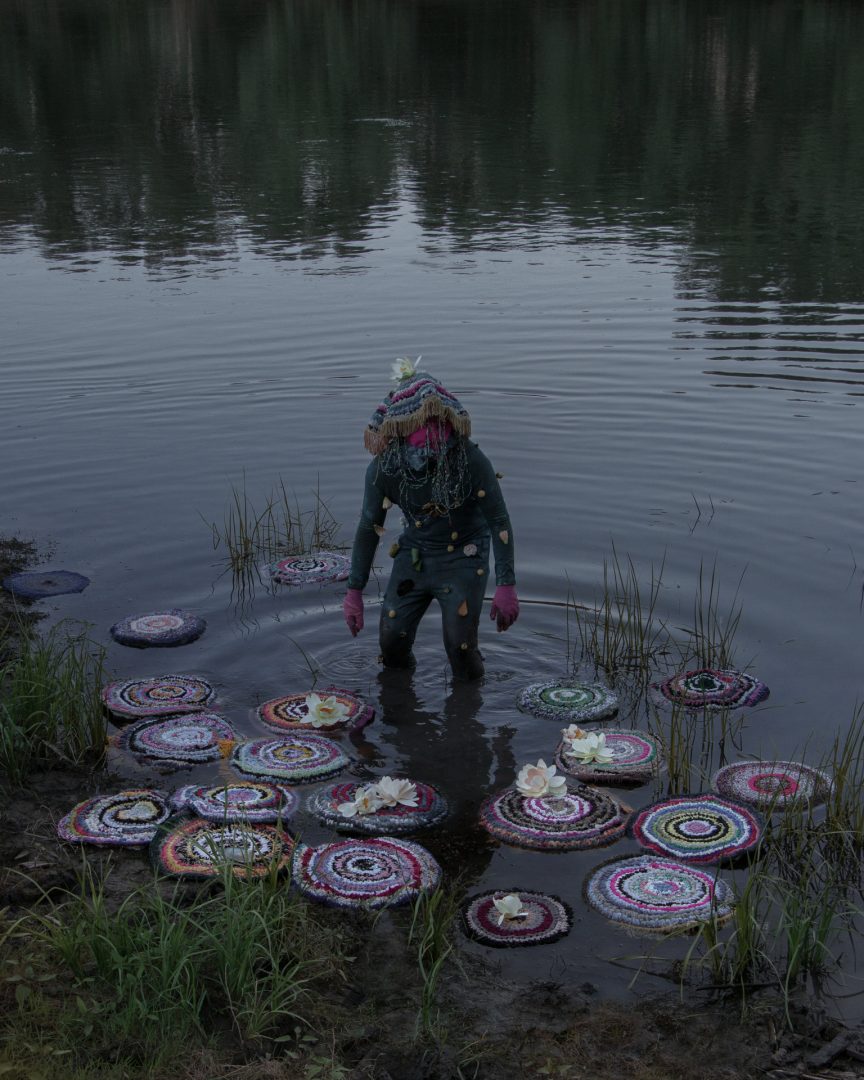Welcome to the Social Art Award 2025 – Online Gallery!
🌊 Dear friends of art and transformation, 🌊
A heartfelt thank you to all artists and creatives who submitted their powerful works for this year’s Social Art Award under the theme: “Planetary Healing – Blue Tribes for Ocean Health.” Your inspiring visions speak to ocean restoration, biodiversity, and reimagining our coexistence with all life forms on Earth.
After receiving 922 submissions from across all continents, and concluding a very active public voting phase, the Social Art Award now enters its next chapter:
🔹 What’s next?
The professional jury panel is currently reviewing and selecting the TOP 100 entries that will be featured in the official Social Art Award 2025 book. In parallel, the two public voting winners will move forward as wildcards into the final jury round.
🔹 Coming up:
-
Shortlisted artists (TOP 10) will be announced by mid-June.
-
Winners of the Social Art Award 2025 will be revealed at our Online Award Ceremony on July 2, 2025.
We invite you to stay connected as we celebrate the power of Social Art to drive dialogue, awareness, and collective transformation.
Let’s continue to amplify art as a force for Planetary Healing.
Apă
duo Carolina Dutca and Valentin Sidorenko
Carolina Dutca and Valentin Sidorenko 15 photographies | 60x50 cm | 2020 https://dutca-sidorenko.com/apa Magical water lilies, an amphibian creature, a former scientist looking like a babushka and a crochet rug take place in the heart of a river. This is a setting and the protagonists of the fable told by the duo Dutca-Sidorenko. In the form of a visual tale, the artists’ duo dedicate their joint work to the Dniester River, which is rises in the Carpathian mountains and flows into the Black Sea. Carolina Dutca, who is from Bender, a small town near the river, wants to evoke various issues related to the river, such as excessive sand exploitation, abandoned ships, floods that erode the water and waste dumps. While researching the history of Transnistria, a Moldavian region bordering Ukraine, the artists discovered that the White Water Lily was an endangered species. Their meeting with Elena Nikolaevna, a former biology teacher, fascinated by her father’s childhood stories about a vanished amphibian world, encouraged them to recreate a new legend, that of 'Apă'. Together they invent a story, where multicoloured embroidered rugs, extravagant costumes worn by extras, syntetic water lilies, and stranded frogmen are part of a battered and deserted nature. Elena Nikolaevna then becomes the protagonist of her own story with the amphibious creature she has named Apă, “water” in Moldavian. The former biologist collects the waste that pollutes the waters of the river with Apă to make ‘magic’ rugs. The result is a set of 15 photographs, in which a set of characters and scenes unfold the tradition of popular theatre.
Carolina Dutca and Valentin Sidorenko 15 photographies | 60x50 cm | 2020 https://dutca-sidorenko.com/apa Magical water lilies, an amphibian creature, a former scientist looking like a babushka and a crochet rug take place in the heart of a river. This is a setting and the protagonists of the fable told by the duo Dutca-Sidorenko. In the form of a visual tale, the artists’ duo dedicate their joint work to the Dniester River, which is rises in the Carpathian mountains and flows into the Black Sea. Carolina Dutca, who is from Bender, a small town near the river, wants to evoke various issues related to the river, such as excessive sand exploitation, abandoned ships, floods that erode the water and waste dumps. While researching the history of Transnistria, a Moldavian region bordering Ukraine, the artists discovered that the White Water Lily was an endangered species. Their meeting with Elena Nikolaevna, a former biology teacher, fascinated by her father’s childhood stories about a vanished amphibian world, encouraged them to recreate a new legend, that of 'Apă'. Together they invent a story, where multicoloured embroidered rugs, extravagant costumes worn by extras, syntetic water lilies, and stranded frogmen are part of a battered and deserted nature. Elena Nikolaevna then becomes the protagonist of her own story with the amphibious creature she has named Apă, “water” in Moldavian. The former biologist collects the waste that pollutes the waters of the river with Apă to make ‘magic’ rugs. The result is a set of 15 photographs, in which a set of characters and scenes unfold the tradition of popular theatre.



